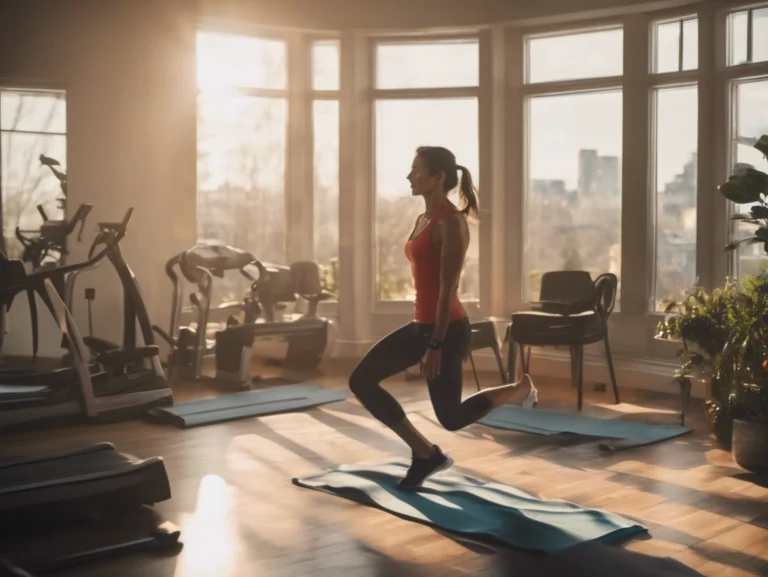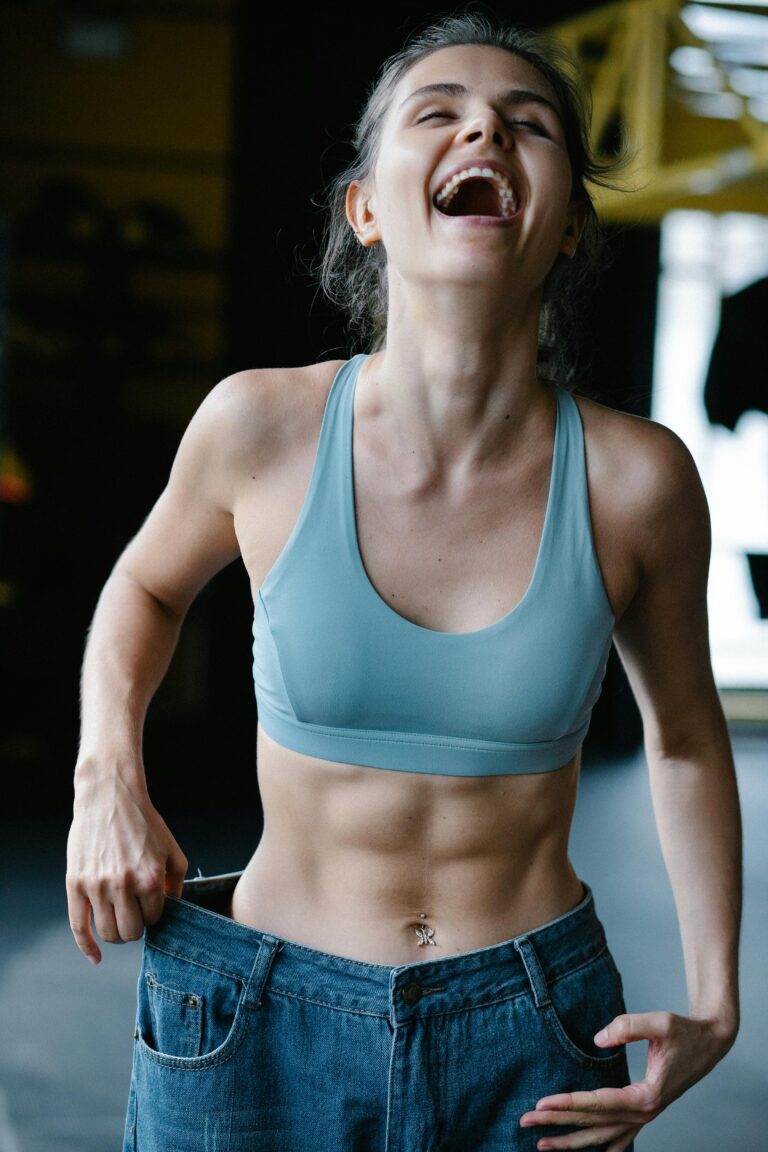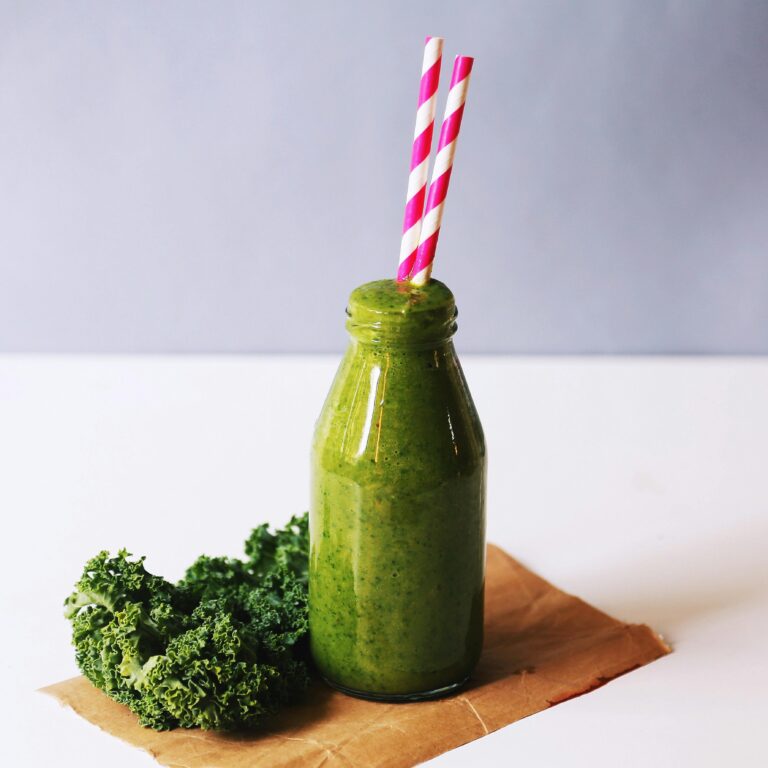Setting Up for Success
Setting Up for Success
So, you’ve decided to give home workouts a try—but you’re not sure where to start. Maybe the gym feels intimidating or too expensive. Maybe your schedule’s packed, or you’re tired of wasting time commuting just to move your body. You’re not alone. Many beginners feel overwhelmed trying to figure out how to build consistency, what gear they actually need, or whether it’s even possible to get fit without a gym membership.
Here’s the good news: workouts at home can be just as effective—if not more so—than anything you’d do in a gym. With the right plan, clear goals, and a setup tailored to your lifestyle, you can make progress in your strength, flexibility, or fat loss journey from the comfort of your own space. Whether you’re doing push-ups in your bedroom or lunges in your living room, at-home fitness gives you the freedom to work on your health without barriers.
Before you dive into any routine, it’s important to understand the basic principles that make home workouts safe, effective, and sustainable. From knowing how often to train to learning the difference between bodyweight and dumbbell exercises, these fundamentals lay the foundation for real progress. 👉 Explore our Beginner Home Workout Principles to build your workouts the right way from day one.
In this section, we’ll help you build a solid foundation so you can stay focused and confident as you begin. We’ll walk you through how to define your personal fitness goals, decide what (if any) equipment you really need, and create a space that inspires consistency—even in the smallest of homes. Let’s get you set up for long-term success.
Before you jump into push-ups and squats, the most powerful thing you can do is prepare your mindset and space for consistency. Setting yourself up properly can be the difference between giving up after a few days or sticking with your home workouts long enough to see real results. Let’s break it down into three key steps: knowing your goals, gathering the essentials (if needed), and designing your perfect space.
Understanding Your Fitness Goals (Fat Loss, Strength, Flexibility)
If you don’t know where you’re headed, it’s easy to feel lost. That’s why the first step in your at-home fitness journey is understanding your personal goals. Each one will guide your routine in a different way:
- Fat Loss: Focus on full-body movements like burpees, squats, and mountain climbers that elevate your heart rate. Combine strength with cardio to burn calories.
- Strength Building: Prioritize controlled, compound movements like push-ups, glute bridges, and lunges. As you progress, slow your tempo and increase reps or add resistance like dumbbells.
- Flexibility & Mobility: Include dynamic stretches and yoga-inspired moves. Think leg swings, arm circles, and hip openers before workouts; static stretches after.
Knowing your goal helps you stay motivated and build the right plan for results. Don’t worry if your goals evolve over time—what matters is starting with purpose.
What Equipment (If Any) You Need as a Beginner
Here’s the truth: you don’t need any equipment to get started. Your body is the best tool you have, especially in the beginning. However, if you do want to add something small to enhance your routine, consider:
- Optional Starter Gear:
- A yoga mat for comfort and grip
- A pair of light dumbbells (5–10 lbs) for resistance variety
- A resistance band for glute activation or stretching
- A water bottle or timer app for hydration and tracking
- A yoga mat for comfort and grip
Start with just your body and add gear only if it helps your progress—not because you think you “need” it. Many of the best workouts at home are still equipment-free.
Creating the Right Workout Space at Home
No gym? No problem. Your home is your training ground now—and with just a few smart adjustments, it can become a powerful fitness zone.
- Pick Your Spot: Look for a clutter-free area with enough room to lie down and stretch your arms sideways. A living room corner, hallway, or even a spot by your bed can work.
- Set the Mood: Add good lighting, a mirror if you have one, and a speaker or headphones for energizing music.
- Remove Distractions: Let others know you need uninterrupted time. Turn off TV or phone notifications while training.
- Make It Visual: Keep your workout plan visible—on your wall, whiteboard, or a fitness app. It helps with accountability and structure.
Your space doesn’t have to be perfect. It just needs to be ready. The goal is to reduce friction so when it’s time to train, you don’t hesitate—you just show up and move.
Final Thoughts: Clarity Brings Consistency
By clarifying your fitness goals, keeping equipment simple, and designing a space that works for you, you’re already 50% ahead of most beginners. When your environment is set, the excuses fade and your results follow. Now that you’ve laid the groundwork, the next question many people ask is: when should I actually work out? Morning, evening, before dinner?
To help you answer that, head over to our guide on What Is the Best Time to Work Out at Home for Beginners?. It breaks down the pros and cons of different training times so you can build a routine that fits your lifestyle and maximizes your progress.







